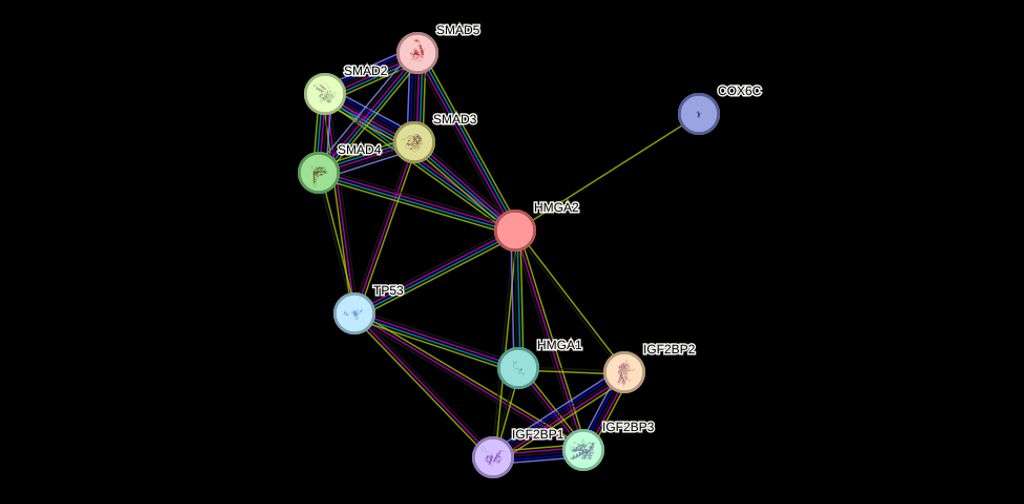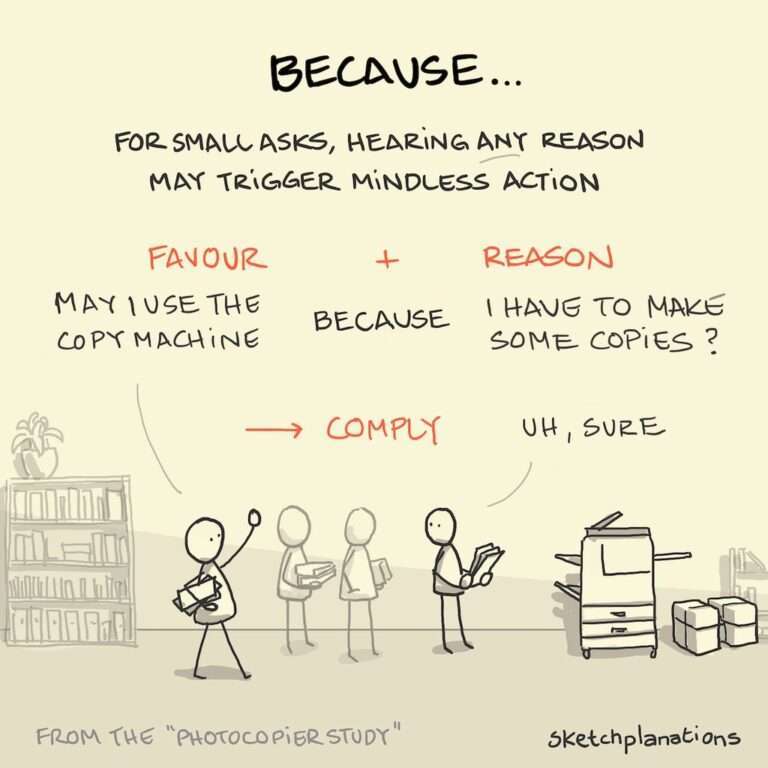The Dual Coding Theory: Text and Visuals for Effective Communication
Overview
What is Dual Coding Theory?
Dual Coding Theory is a cognitive theory that suggests that combining verbal and visual representations can enhance learning and communication. It proposes that when information is presented in both textual and visual formats, it creates multiple pathways for processing and encoding information in the brain. This dual encoding allows for better comprehension, retention, and retrieval of information. By leveraging both text and visuals, individuals can more effectively communicate complex ideas, engage their audience, and facilitate learning. Understanding Dual Coding Theory can greatly benefit educators, presenters, and content creators in designing materials that optimize communication and enhance learning outcomes. If you want to learn how to apply Dual Coding Theory to your own communication efforts, check out Unifire, a content scaling platform that can help you repurpose your audio and video content into various formats, making it easier to engage and reach a wider audience.
Benefits of Dual Coding Theory
Dual Coding Theory offers several key benefits for effective communication. Firstly, it enhances comprehension and retention of information by presenting it in both verbal and visual forms. This allows individuals to process information using both their linguistic and visual systems, leading to a deeper understanding and better memory recall. Additionally, dual coding promotes engagement and interest by providing multiple modes of representation, catering to different learning preferences and styles. Visuals can also serve as powerful aids in conveying complex concepts or data, making them more accessible and easier to grasp. Moreover, the combination of text and visuals can facilitate the transfer of knowledge and facilitate learning across different domains. By leveraging the principles of Dual Coding Theory, communicators can create more impactful and memorable content that resonates with their audience. To learn more about how to effectively apply Dual Coding Theory in your communication strategies, contact us at partner@unifire.ai.
Applications of Dual Coding Theory
Dual Coding Theory has numerous applications in various fields, including education, marketing, and communication. In education, the theory can be applied to enhance learning materials by incorporating both text and visuals. This approach helps students better understand and retain information by engaging both their verbal and visual cognitive subsystems. In marketing, Dual Coding Theory can be used to create engaging presentations that combine persuasive language with compelling visuals. This combination appeals to both the logical and emotional aspects of the audience, increasing the effectiveness of the communication. Additionally, in the field of communication, Dual Coding Theory can be utilized to design infographics and visual aids that convey complex information in a clear and concise manner. By presenting information in both verbal and visual formats, the message becomes more accessible and memorable to the audience. Overall, the applications of Dual Coding Theory are vast and can greatly enhance the effectiveness of communication in various domains.
Principles of Dual Coding Theory
Verbal and Visual Representations
Verbal and visual representations are key components of the dual coding theory. This theory suggests that combining words and images can enhance learning and communication. Pictorial superiority effect is one of the phenomena that supports this theory, which states that people have better memory for pictures than words. When verbal and visual information are integrated, it can lead to better understanding and retention of information. For example, using diagrams, charts, and illustrations alongside written explanations can help clarify complex concepts and make them more memorable. By leveraging both verbal and visual representations, communicators can create more engaging and impactful content.
Integration of Text and Visuals
One of the key principles of Dual Coding Theory is the integration of text and visuals. By combining written information with visual representations, you can enhance the overall understanding and retention of the content. Research has shown that when text and visuals are presented together, it promotes deeper processing and improves memory recall. This is because the brain processes and stores information in different ways. Text is processed through the verbal system, while visuals are processed through the visual system. When these two systems work together, they reinforce each other, leading to better comprehension and learning. To effectively integrate text and visuals, it is important to ensure that they are closely related and complement each other. The visuals should not just be decorative, but should provide meaningful support to the text. This can be achieved through the use of diagrams, charts, graphs, and interactive 3D visuals, among others. By strategically combining text and visuals, you can create engaging and impactful communication materials that effectively convey your message.
Cognitive Load and Dual Coding
One of the key insights of the article is the relationship between cognitive load and dual coding. Dual coding theory suggests that using both verbal and visual representations can help increase processing and reduce cognitive load. When information is presented in multiple formats, such as text and visuals, it allows the brain to process the information more efficiently. By integrating text and visuals, individuals can better understand and retain the information. This is particularly important in educational settings where the goal is to enhance learning and comprehension. By reducing cognitive load, dual coding theory can improve overall communication effectiveness.
Effective Communication using Dual Coding Theory
Creating Engaging Presentations
Creating engaging presentations is a crucial aspect of effective communication using the Dual Coding Theory. By combining verbal and visual representations, presenters can enhance the audience’s understanding and retention of information. One key insight of the article is the importance of integrating text and visuals in presentations. This integration allows for the simultaneous processing of information in both modalities, leading to a more comprehensive understanding. Additionally, presenters should be mindful of cognitive load and strive to minimize it by using clear and concise visuals. By following these principles, presenters can deliver engaging presentations that effectively communicate their message. To learn more about creating engaging presentations and other practical applications of the Dual Coding Theory, visit Unifire for valuable resources and tools.
Designing Infographics and Visual Aids
Designing infographics and visual aids is an essential aspect of effective communication using the Dual Coding Theory. Infographics and visual aids provide a powerful way to convey information in a visually appealing and easily understandable format. By combining text and visuals, you can engage your audience and enhance their understanding of complex concepts. Infographics can be used to present data, statistics, or step-by-step processes, while visual aids such as diagrams, charts, and images can help illustrate key points. When designing infographics and visual aids, it is important to consider the principles of dual coding, such as the integration of text and visuals and the cognitive load. By following these principles, you can create compelling and informative visual materials that effectively communicate your message. To learn more about designing engaging infographics and visual aids, visit Unifire for practical tips and tools.
Enhancing Learning Materials
The use of dual coding theory can greatly enhance learning materials and improve knowledge retention. By incorporating both text and visuals, learners are able to process information in multiple ways, increasing their understanding and engagement. When creating learning materials, it is important to consider the verbal and visual representations that will be used. This can include using diagrams, charts, and images to supplement written content. Additionally, the integration of text and visuals is crucial to ensure that the two modes of information are connected and reinforce each other. This can be achieved through the use of captions, labels, and annotations. By implementing dual coding theory, learning materials can be transformed into dynamic and interactive resources that facilitate effective learning. To learn more about how to apply dual coding theory in your own learning materials, visit Unifire for practical tips and resources.
Conclusion
Summary of Dual Coding Theory
Dual Coding Theory is a powerful framework that emphasizes the integration of text and visuals for effective communication. By utilizing both verbal and visual representations, this theory enhances cognitive processes and reduces cognitive load, resulting in improved learning and engagement. The benefits of Dual Coding Theory are vast, as it can be applied in various contexts such as creating engaging presentations, designing infographics and visual aids, and enhancing learning materials. By understanding and implementing the principles of Dual Coding Theory, communicators can optimize their message delivery and ensure better comprehension and retention of information. Thought processes are influenced and enhanced through the strategic use of text and visuals, providing a comprehensive and immersive learning experience.
To learn more about how Dual Coding Theory can revolutionize your communication strategies, contact us through partner@unifire.ai. Unifire offers smart and scalable solutions for content creation and repurposing. With Unifire, you can transform your content into multiple formats, saving time and effort while maximizing your reach and impact. Take advantage of the power of Dual Coding Theory and unlock the full potential of your communication efforts.
How to Use Dual Coding Theory in Practice:
- Identify key concepts or information that can be effectively represented visually.
- Create visually appealing and informative graphics, diagrams, or infographics to complement your text.
- Use a combination of text and visuals to reinforce each other and enhance understanding.
- Pay attention to the cognitive load by keeping the information concise and well-organized.
- Test and gather feedback to continuously improve the effectiveness of your dual-coded materials.
Implementing Dual Coding Theory in your communication strategies can significantly improve the impact and effectiveness of your message. By harnessing the power of text and visuals, you can create engaging and memorable experiences for your audience.
Importance of Text and Visuals in Communication
The Dual Coding Theory emphasizes the significance of using both text and visuals in communication to enhance understanding and retention of information. By combining linguistic information with visual representations, individuals are able to process and encode information more effectively. Research has shown that the brain processes visual information faster and more efficiently than text, making visuals a powerful tool for communication. Visuals also help to engage the audience and make the content more memorable. In addition, the integration of text and visuals can help reduce cognitive load, as it allows information to be presented in a more organized and coherent manner. This is particularly important in today’s digital age, where information overload is a common challenge. By incorporating text and visuals in communication, whether it be in presentations, infographics, or learning materials, we can create more engaging and effective content that resonates with the audience. Unifire is a platform that can help you create visually appealing and impactful content that incorporates both text and visuals. With its user-friendly interface and wide range of templates and design options, Unifire makes it easy to create professional-looking presentations, infographics, and other visual aids. Whether you’re a student, educator, or professional, Unifire can help you communicate your ideas more effectively and leave a lasting impression on your audience.
Future Directions and Research
As the field of communication continues to evolve, future research in dual coding theory should focus on exploring the effectiveness of on-demand video as a medium for conveying information. With the rise of online platforms and the increasing popularity of video content, understanding how to optimize the combination of text and visuals in video presentations is crucial. Additionally, further investigation into the impact of dual coding on different learning styles and cognitive abilities would provide valuable insights for educators and content creators. By embracing the principles of dual coding theory and harnessing the power of technology, we can revolutionize the way we communicate and enhance the learning experience for all.
In conclusion, Unifire is the perfect tool for extracting summaries, keywords, and titles from your podcast and repurposing your content. With Unifire, you can save time and effort by automating the process of generating valuable content. Whether you’re a content creator, marketer, or podcaster, Unifire can help you optimize your content strategy and reach a wider audience. Try Unifire today and see the difference it can make for your content creation process.







